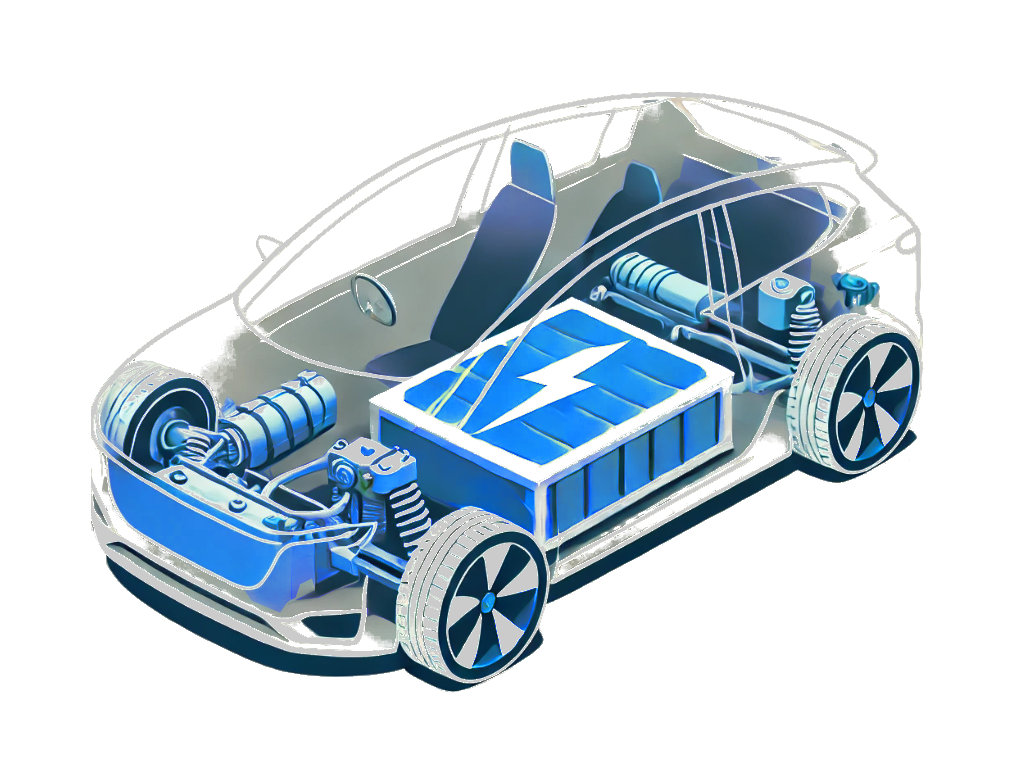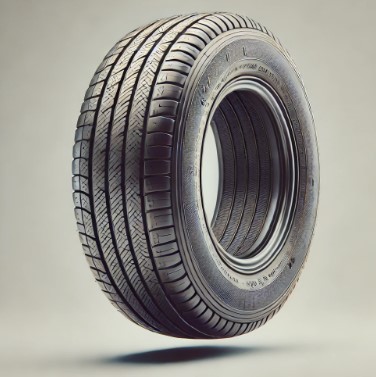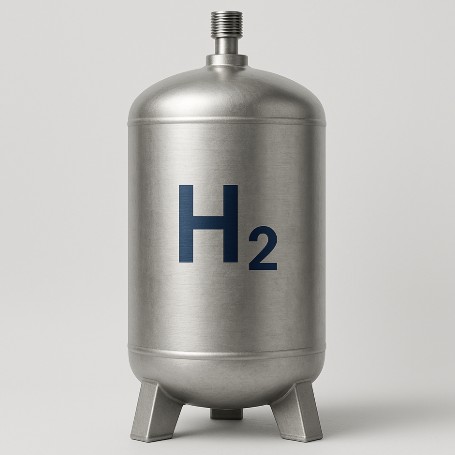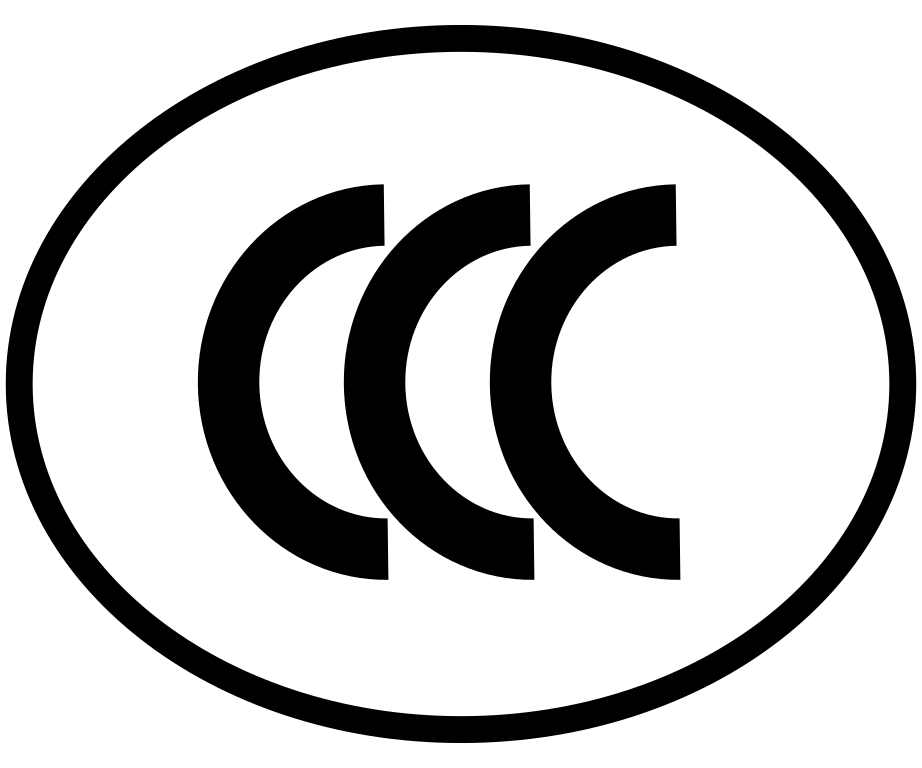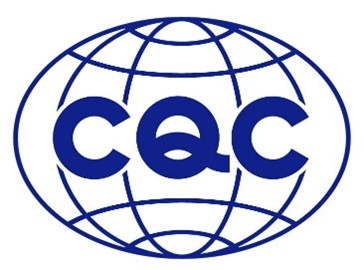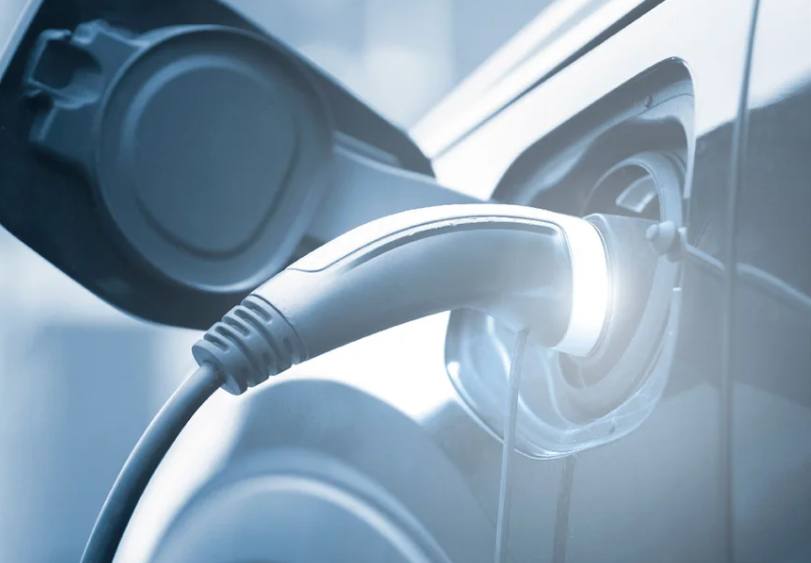New technology for car headlights
5. March 2020Conventional car headlights consist of lamps and various optics to project a beam of light onto the road. The primary development goal is to improve safety in poor lighting conditions and adverse weather conditions. In LED headlamps, free-form lenses distribute the light precisely and with better light distribution than halogen or xenon (HID) lamps. The latest LEDs for the automotive sector are much brighter than conventional halogen lamps and as bright as a 35 Watt HID headlamp. LEDs consume less energy and have their full power immediately after switching on, unlike conventional lamps which require a certain amount of time to reach maximum power. In addition, the LED headlights are easier to repair and do not require a separate ballast for operation.
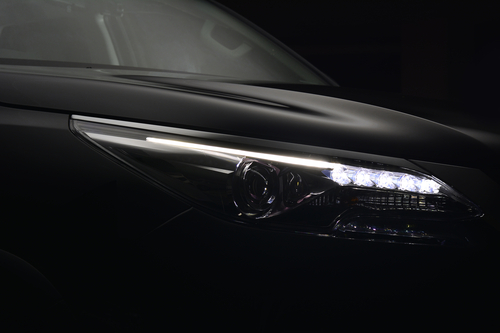
The latest development in vehicle LEDs is matrix LED systems. Drivers can already benefit from this technology today; the e-tron Sportback from Audi incorporates a so-called Digital Matrix Light. In the system from US technology group Texas Instruments, tiny mirrors, so-called digital micromirrors, divide the LED light into 1.2 million individual pixels. The result is an even brighter and better illuminated cone of light in front of the vehicle but with less glare for other road users. But the technology also has other functions: It can, for example, project improved dynamic curve light and reduce the amount of light when approaching oncoming vehicles in order to reduce glare or, with additional lines in the cone of light, to depict the dimensions of the vehicle on the road. This should be particularly advantageous in narrow traffic situations such as construction sites or winding country roads. The designers for future LED headlamps go one step further and test animated light shows to greet and say goodbye to the driver as well as a function that directs the light onto the adjacent lane when changing lanes.
The Mercedes Maybach already has the Digital Light for a certain time. Using software, symbols in HD quality are also projected onto the road and displayed with arrows in the danger zone near the roadway to indicate pedestrians or obstacles. If cruise control with distance control is activated, a mark with the set distance is displayed on the road. In addition, sensors and the networked on-board computer display hazards such as icy roads, construction sites and messages from the assistance systems on the road. LED headlights will certainly be standard equipment in the future. The Chinese automotive market is known for its innovation and rapid implementation of new technologies. Do you produce automotive components such as headlamps or other components? For export to China or local production, these products must undergo a mandatory CCC certification. We will be happy to advise you on the upcoming CCC (China Compulsory Certificate) of your products.
For more information on how CCC certification, the CCC Self-Declaration and voluntary CCAP or CQC certification may affect your company, or for more information about CCC certification in general, the process, and the associated costs, please visit our website and our News Section where you will find current updates twice a week.
Please do not hesitate to contact us for further details and consultation. You can contact us via e-mail, or call us (UK: +44 2071931135, Rest of Europe: +49 69 2713769150, US: +1 773 654-2673).
You can also check out our free CCC-Brochure, which can be downloaded right here as a PDF file or you consult our book (in English) “A Brief Guide to CCC: China Compulsory Certification”, which can be found directly hier on Amazon.
Here you can download our brochure about the CCC Self-Declaration.
Here you can download our brochure about the voluntary CCAP or CQC certification.





